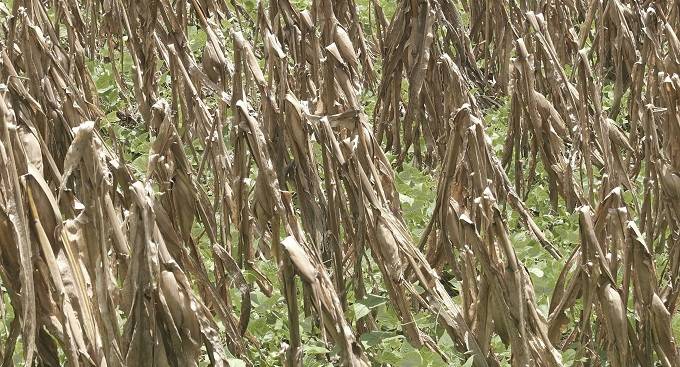Districts to come up with strategies to address food insecurity

Sukulwenkosi Dube-Matutu, Chronicle Reporter
PROVINCES have been urged to formulate district response strategies to address food insecurity challenges which have been identified through the Zimbabwe Vulnerability Assessment Committee (ZimVAC) 2022 Rural Livelihoods Assessment report.
In an interview Food and Nutrition Council (FNC) programme manager, Ms Perpetual Nyadenga said they were conducting ZimVAC dissemination meetings across all districts and provinces. She said this year’s will also be disseminated to villagers at ward level.
She said realising food security was key in attainment of Vision 2030.
“AS the Food and Nutrition Committee we are conducting meetings in various wards and provinces where we are disseminating information on the findings of the Zimbabwe Vulnerability Assessment Committee (ZimVAC) 2022 Rural Livelihoods Assessment report. From there districts and provinces are expected to come up with response strategies to address issues that have been raised in the report.
“This year the report will be disseminated down up to ward level. We don’t just want to collect information from villagers but we also want to give them feedback on our findings. Councillors and chiefs will help us to disseminate information to communities,” she said.
Ms Nyadenga said districts will meet with traditional leaders and community leaders who will disseminate information to households.
She fact sheets of the findings have been prepared in 15 languages and are being disseminated to communities. She said the dissemination meetings which started on Monday will be completed tomorrow.
Ms Nyadenga said provinces and districts had to follow an evidence-based planning approach where their programmes were informed by findings of the ZimVAC report.
According to the ZimVAC report the combination of climate related shocks, the COVID-19 pandemic (including impact of the lockdown) continues to negatively affecting rural livelihoods, thereby potentially reducing disposable income available to the households for food and nutrition security. Interventions which strengthen households’ economy and resilience are highly recommended to ensure households remain food and nutrition secure.
The report noted that the prevalence of food insecurity reduced from 56% last year to 27% this year. This reflects the Government’s ability to reduce the problem by over 50% compared to the previous season, hence the right step towards achieving one of the country’s goals in the NDS1, particularly of ensuring a food surplus economy.
“However, Zimbabwe’s climate variability, extreme droughts and COVID-19 are among the key drivers behind the cereal insecurity. During the peak hunger period (January to March 2022) it is estimated that approximately 27% of the rural households will be cereal insecure. The 27% of rural households will translate into approximately 2,942,897 individuals requiring 262,856 MT of cereal (Maize Grain),” says the report.
@DubeMatutu











Comments